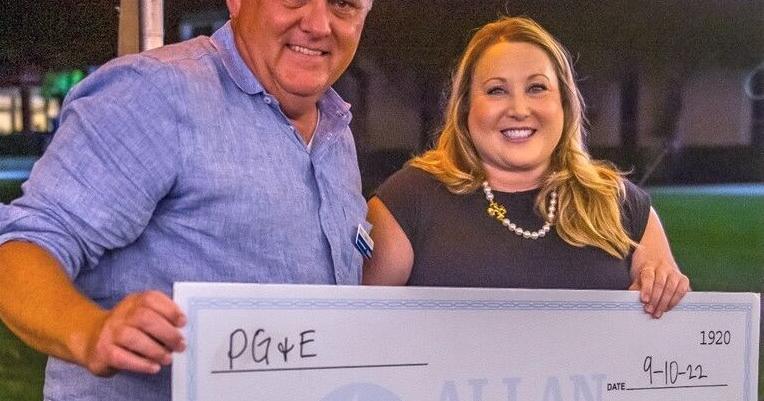
By the year 2030, California will be short 1.1 million workers with bachelor’s degrees.
That is the assessment of the nonpartisan Public Policy Institute of California (PPIC) from several head-turning reports published on the workforce education gap in our state. That research sparked a lot of discussion and a handful of new initiatives that mostly aimed to improve existing pathways from K-12 schools into California Community Colleges and the California State and the University of California systems.
Unfortunately these plans, while well intentioned, aren’t on track to close the educational gap by 2030.
Community colleges like Allan Hancock College are experienced in serving students from low-income, first generation, and other historically underserved communities.
A subsequent PPIC report shows that these populations continue to be left behind by California’s current educational landscape, which is comprised of a network of state-wide systems and structures developed in 1960 by the “Master Plan for Higher Education.”
While that framework has been revised over the years to meet economic and cultural changes, it’s high time for another significant development to harness the stored potential in the nations single largest educational system: California’s community colleges.
We have ample evidence of community colleges’ capacity to help address the need for baccalaureate-level professionals. Currently only a handful of community colleges are allowed to offer a limited number of bachelor’s degrees, but the results are remarkable: graduates from these colleges are entering health care in specialties such as health information management, occupational therapy, and respiratory care.
Graduates are also going into high tech fields such as biomanufacturing, industrial automation, and aviation manufacturing technology.
These community college bachelor’s programs are providing incredible opportunities for students and a new, steady stream of educated professionals for business and industry. But the limits placed on community college baccalaureate degrees allows our system to provide only a fraction of the graduates to help address the workforce education gap.
Community colleges like Hancock are not only storing capacity to address this critical issue; our system has unique expertise in ensuring “low-income and underrepresented students have the information, access, and support they need to reach their educational goals.”
Our popular Hancock Promise program has effectively removed financial and institutional barriers to college entry so that local families in our community — regardless of background or income — can pursue college. Over 6,500 local high school graduates in five years have come to Hancock on the Promise.
But for Hancock students — a majority of whom are low-income and Latino — what happens when they graduate? The transfer options are so limited as to be non-existent for many. Cal Poly in San Luis Obispo admits fewer than 175 Hancock students each year, and UC Santa Barbara admits even fewer.
The next closest options for affordable bachelor’s degrees are more than 100 miles away at the CSU universities in Ventura and Kern counties.
The answer is clear: if more schools like Hancock were allowed to offer selected bachelor’s degrees in fields that align with the industry demands in our region, we could effectively address key workforce shortages in our community.

Kevin Walthers
For our region, these include elementary school teachers, mid-level professionals in local government, managers in local companies, and leaders in our non-profit sector.
In their report, PPIC asserts that “higher education can serve as an economic engine for the state as a whole and for individual Californians, but only if it is affordable and accessible.”
California Community Colleges are ready to be the fuel that drives the engine.
Source link



